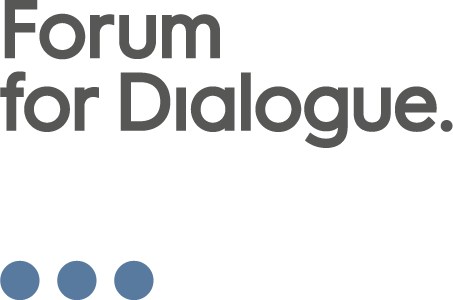If you ask mountain climbers about the reasons behind their passion, you will hear a simple answer: they climb up to the peak because the peak is just there. I became interested in the history of Rymanów’s Jews because they are not there. There is a Jewish cemetery with hundreds of overturned matzevot, the synagogue still stands with young birch trees growing on its roof, forlorn houses in dark alleys still stand, but no one conducts burial ceremonies, the kantor no longer sings El Male Rachamim, no one lights the Shabbat candles on Friday evenings. What is just there are black-and-white photographs of the market square, whispered wartime stories, and traces of mezuzahs in old door frames, as if they were splinters of memory. So there are traces of memory, or non-memory rather, but no Good Memory exists. This was the situation up until 2006, when we decided to do something about it.
I studied law at the Jagiellonian University, but work in advertising and public relations – I own an advertising company in Katowice. Rymanów was the hometown of my father (may he rest in peace); we would spend our vacations there and this was where I asked my first questions, rarely obtaining a satisfying answer. In 2005, we decided to establish the association Spotkanie Rymanów (Encounter Rymanów), which has since been involved in commemorating multicultural Rymanów and salvaging local Jews and Łemko people from oblivion.
Since 2008, I have been co-organizing Jewish Rymanów Memorial Days – in 2017, we will be holding the 9th edition of the event. Organized each year around August 13 (date of murder on Rymanów’s Jews) the event is a multi-day encounter between Poles and Jews, in the course of which we talk, get acquainted with and learn about each other, sharing our histories. We are assisted by prominent artists like Mendy Cahan from Israel, Rafael Rogiński, Olga Mieleszczuk and many, many others.





